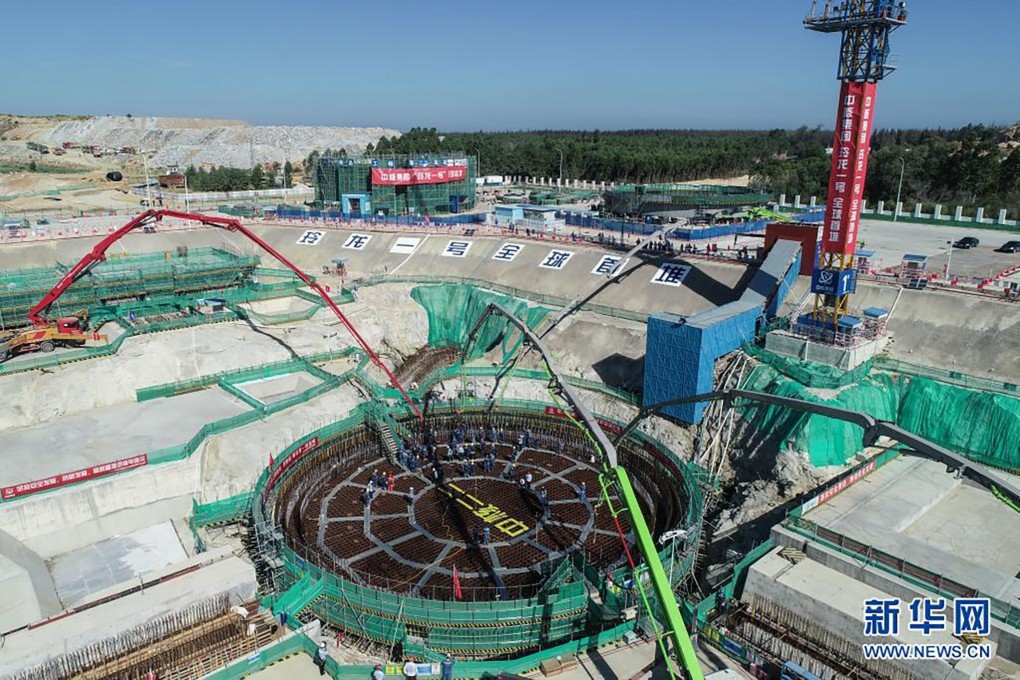Advertisement
China starts construction of its first small modular reactor
- Using a home-grown design, Linglong One will be the world’s first onshore commercial project of its kind
- It is expected to take almost five years to build on the southern island of Hainan
Reading Time:2 minutes
Why you can trust SCMP
9

Construction has begun in China’s first small modular reactor demonstration project, its operator announced on Tuesday.
The project will be the world’s first onshore commercial small modular reactor (SMR) and will use a home-grown design, Linglong One (or ACP100), China National Nuclear Corporation (CNNC) said.
Based at the Changjiang nuclear power plant in the southern province of Hainan, Linglong One will have a power generation capacity of 125 megawatts (MW). Once completed, it will be capable of producing 1 billion kilowatt hours of electricity annually, meeting the needs of 526,000 households.
Advertisement
The home-grown technology developed by CNNC follows the third-generation nuclear reactor Hualong One, which entered commercial operation in January in the southeastern province of Fujian, but Linglong One will have only about 10 per cent of Hualong One’s 1,000MW-plus capacity.

01:47
China’s first Hualong One nuclear reactor begins commercial operations
China’s first Hualong One nuclear reactor begins commercial operations
Linglong One in 2016 became the world’s first SMR to pass a safety review by the International Atomic Energy Agency. It is expected to take just short of five years to build.
Advertisement
An expert said small reactors could better adapt to smaller grids and planning them was more flexible, although commercialisation remained far away.
Advertisement
Select Voice
Choose your listening speed
Get through articles 2x faster
1.25x
250 WPM
Slow
Average
Fast
1.25x